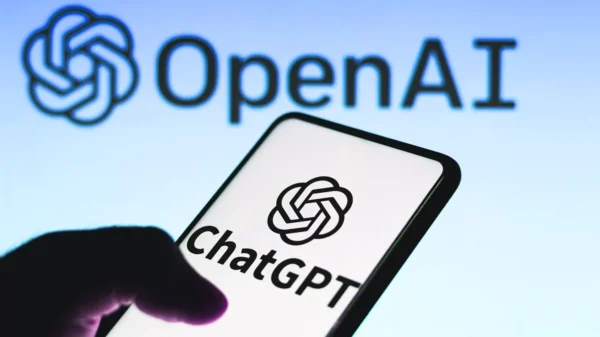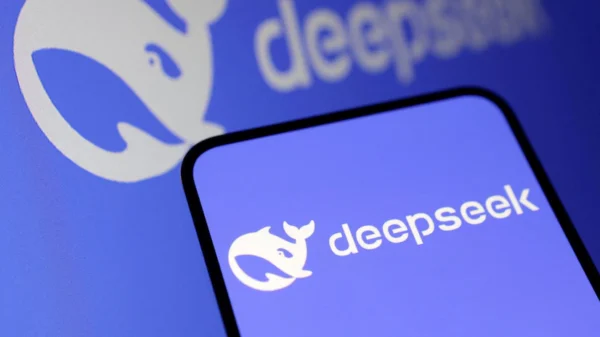Meta Platforms Inc. (META.O) recruited Graphcore’s Oslo-based AI networking team. After Reuters discovered 10 LinkedIn profiles of former Graphcore employees who joined Meta in February or March, a spokeswoman verified the hirings.
Meta’s infrastructure team has added many Oslo-based specialists. “They bring deep expertise in supercomputing system design and development to support A.I. and machine learning at scale in Meta’s data centers,” stated Meta spokesperson Jon Carvill.
The move strengthens the social media giant’s efforts to increase its data centers’ A.I. work as it races to meet demand from corporate teams building new products.
Meta owns Facebook and Instagram and uses A.I. to target advertising, filter posts for its applications’ newsfeeds, and remove illegal content.
Additionally, it is racing to join Microsoft Corp (MSFT.O) and Alphabet Inc.’s (GOOGL.O) Google in producing generative A.I. products that can create human-like writing, art, and other material, which investors see as the next big growth sector for tech companies.
Graphcore, which makes AI-optimized computer chips and systems, has ten workers that worked on AI-specific networking technologies, according to their LinkedIn profiles. Carvill wouldn’t reveal Meta’s project.
A representative for Graphcore said the business closed its Oslo office as part of a restructuring announced in October last year as it struggled to compete with U.S. A.I. chip makers like Nvidia Corp (NVDA.O) and Advanced Micro Devices Inc (AMD.O).
Two individuals told Reuters that Meta has an in-house team creating multiple devices to speed up and optimize its A.I. work, including a network chip that acts as server air traffic control.
Modern A.I. systems like ChatGPT and Dall-E, which are too vast to fit on a single chip, benefit from efficient networking. In addition, a new network chip helps data flow easily in computing clusters. AMD, Nvidia, and Intel Corp (INTC.O) manufacture network processors.
Meta is also developing a complicated computer device to train A.I. models and do inference, a process in which taught models make judgments and respond to cues. It expects that chip to be available by 2025.
Microsoft and Sequoia previously saw Graphcore, one of the U.K.’s most valued tech businesses, as a prospective competitor to Nvidia’s A.I. chip system dominance.
According to The Times, Microsoft canceled a 2020 arrangement to acquire Graphcore’s CPUs for its Azure cloud computing platform. Instead, Microsoft built OpenAI’s huge infrastructure with Nvidia GPUs.
According to someone familiar with the situation, Sequoia has written down its stake in Graphcore to zero but remains on the board. October Insider reported the write-down.
Graphcore’s representative confirmed the losses but claimed the business was “perfectly positioned” to capitalize on A.I.’s commercial adoption. Graphcore’s 2020 $222 million funding round valued it at $2.8 billion.






































